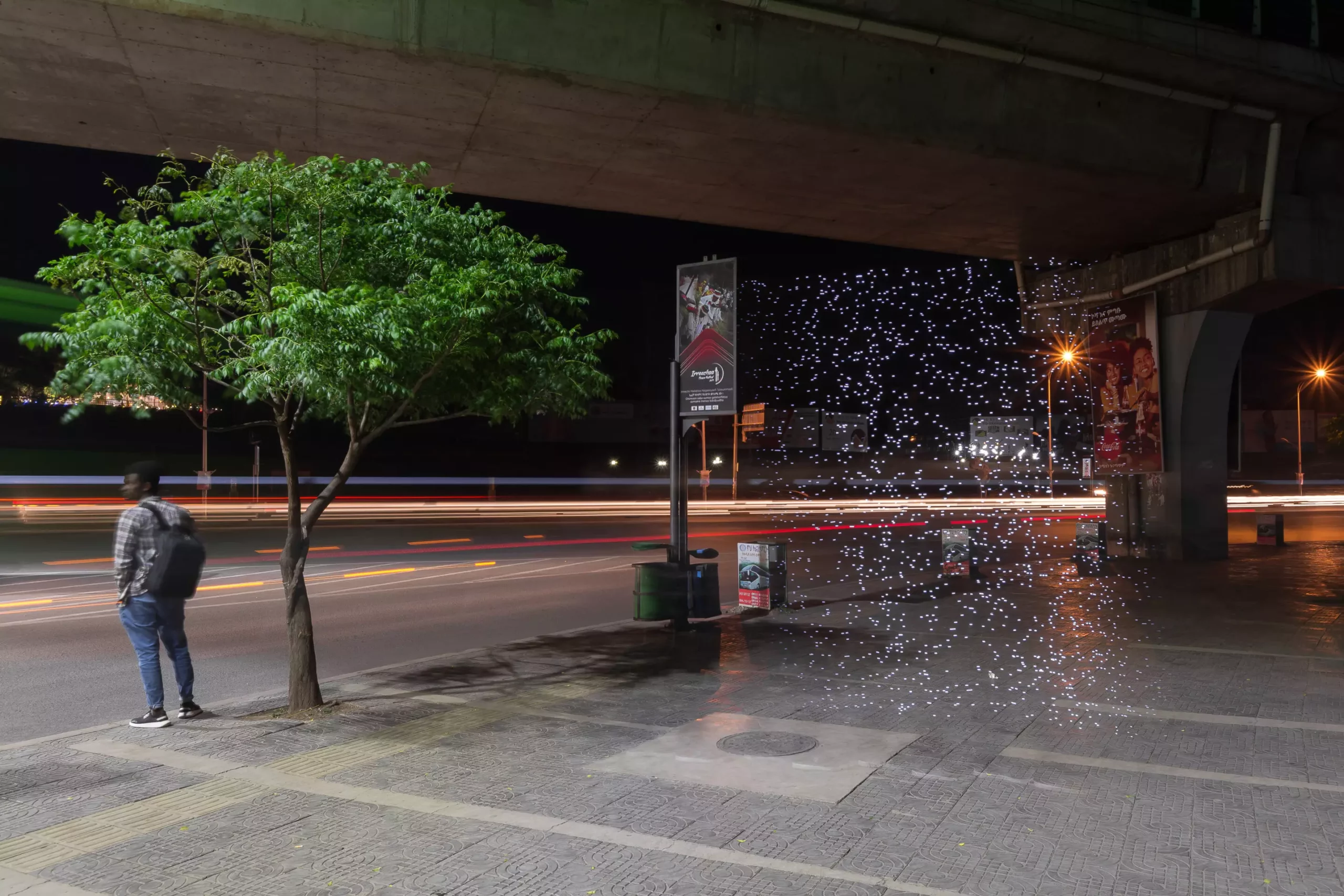

The collaboration between researchers and artists has resulted in a groundbreaking project that aims to make invisible air pollution visible through the use of digital light painting and low-cost air pollution sensors. This innovative approach has shed light on the health risks faced by individuals living and working in Ethiopia, India, and the UK.
The photographs captured as part of the “Air of the Anthropocene” project have revealed stark variations in air pollution levels across different locations. For instance, in Ethiopia, the team uncovered a significant disparity in PM2.5 concentrations between a kitchen using biomass stoves and the outdoor environment. Similarly, in India, the PM2.5 values in a children’s playground in urban Delhi were found to be significantly higher than those in a playground in rural Palampur.
The team’s findings, published in Communications Earth & Environment, have sparked meaningful discussions within local communities about the impact of air pollution. By creating visually impactful images, the project has provided an accessible way for people to compare air pollution levels in different contexts. This approach has made a complex issue more understandable and has highlighted the importance of addressing air pollution for the well-being of individuals.
Through the use of light painting, the project has succeeded in creating a platform for dialogue surrounding air pollution. By leveraging the emotive power of images, the team has been able to raise awareness and prompt individuals to take action to combat air pollution. The exhibition of the project in various galleries and the collaboration with organizations such as UN International Organization for Migration and UN-Habitat have further amplified the impact of the project.
Air pollution is a pervasive threat to both the environment and human health, with the World Health Organization estimating that 99% of the global population is exposed to polluted air. The significant health implications of air pollution, including premature deaths and a range of diseases, underscore the urgent need for action to improve air quality. Despite efforts to implement air quality policies, countries in Asia and Africa continue to face alarming levels of air pollution, highlighting the need for continued advocacy and intervention.
The “Air of the Anthropocene” project represents a compelling fusion of science and art to raise awareness about the detrimental impacts of air pollution. By making the invisible visible through light painting, the project has succeeded in engaging communities, fostering dialogue, and inspiring action to address this pressing environmental issue. As we continue to grapple with the global challenge of air pollution, initiatives like this serve as a powerful reminder of the importance of collective efforts to safeguard our health and the planet.
Foreign direct investment (FDI) in developing nations has long been heralded as a path to…
As spring beckons in April and May, stargazers have the unique opportunity to witness nature's…
Active matter, a term that refers to systems where individual components can consume energy to…
In a groundbreaking development, a research team led by Prof. Chen Changlun at the Hefei…
The inevitability of aging is experienced differently across individuals, influenced by a complex interplay of…
When we delve into the cataclysmic events that led to the destruction of Pompeii almost…
This website uses cookies.